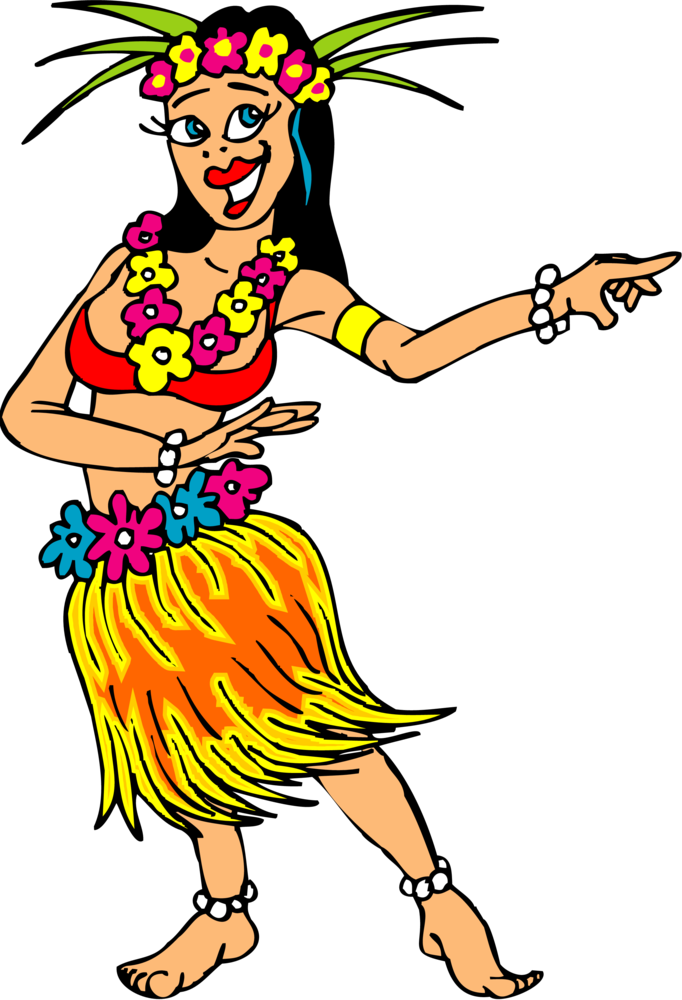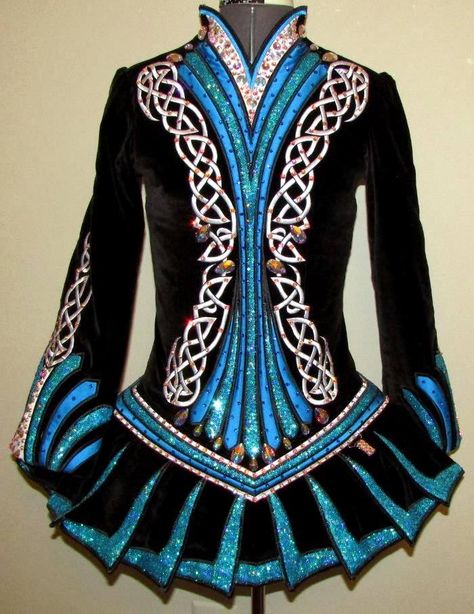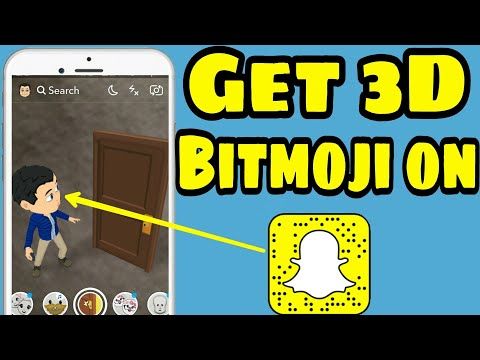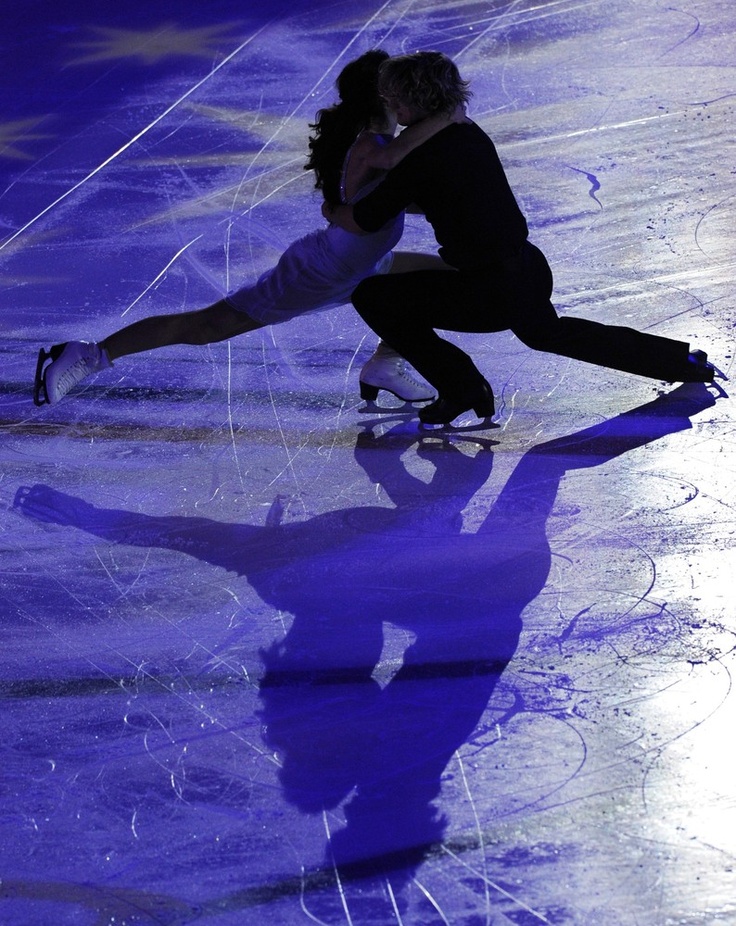How to charleston dance steps
How To Do The Charleston? • Learn The 20s Charleston
The Charleston dance was "The King of dances" in 20th century and had a huge influence on American culture. In this blog you can find out different ways of how to do the dance, its technique and footwork.
Charleston dance history
Charleston is a name of the city, dance style, step and song. Scholars attribute the spread and invention of the geechee inspired Charleston dance to the Jenkins Orphanage Band boys from Charleston city, South Carolina. The Charleston song written by John P. Johnson, inspired by Gullah rhythms, became the signature tune for the dance.
This dance has African roots and was created by African - American people. It was first sighted in the streets of Harlem in 1903. Though it was popularised by young flappers during 1920's. It became internationally known thanks to Josephine Baker Parisian "Le revue negre".
If you'd like to learn about the origins of the dance there is a full blog on The History of The Charleston dance.
6 version of how to do the Charleston step
In order to know how to do the Charleston “basic” step we should know that it has changed with time and place. It started as a step with twists, then transformed into a crazy wild kicking move with the swing era.
There are at least 6 versions of the “basic” step: groove walk, kicks, swinging kicks, 20’s twist, 20’s glide, and afro version “reverse twist” Charleston. Each version has its specifics.
- When doing groove walk, we should remember to keep a steady and strong bounce (pulse).
- For kicks the most important thing is to keep the right timing of the kick step and kick from the knees. All while keeping the body inclined forward and only forward and making sure to move with the kicks and not to stay on one spot.
- 20’s Charleston style with twists has its thing in a constant (every single beat) energetic though light twisting of the feet with the weight on the balls of the feet. All while making the kick up in the air and accentuating the weak (off) beat.
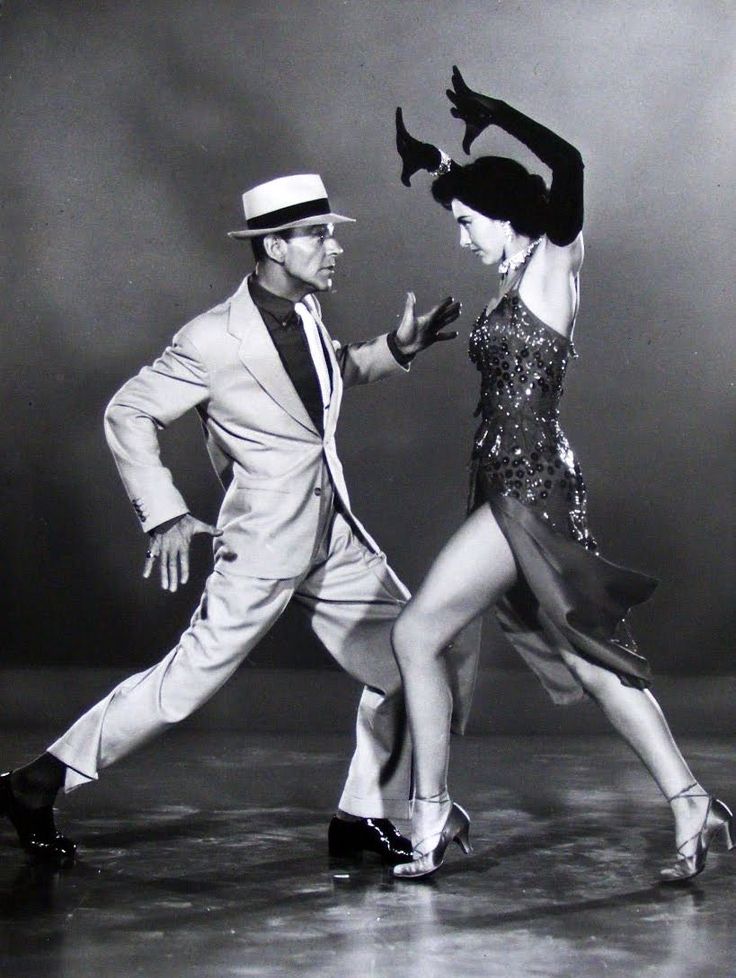
- 20’s glide is similar to 20s Charleston twist but is done without lifting the feet off the floor this way creating continuous gliding on the floor.
- Finally, to do the reverse Charleston twist we shall keep the legs bent low and keep the whole foot on the ground with the weight mainly of the heels.
In this video you can learn 6 basic versions of how to do the Charleston “basic” step: groove walk, kicks, swinging kicks, 20’s twist, 20’s glide, and afro version “reverse twist”.
35 Charleston variations
Here is a video of two legendary dancers Al Minns and Leon James perform jazz dances talk show "Playboy's Penthouse". You can hear Marshall Stearns discusses the dance history with Hugh Hefner.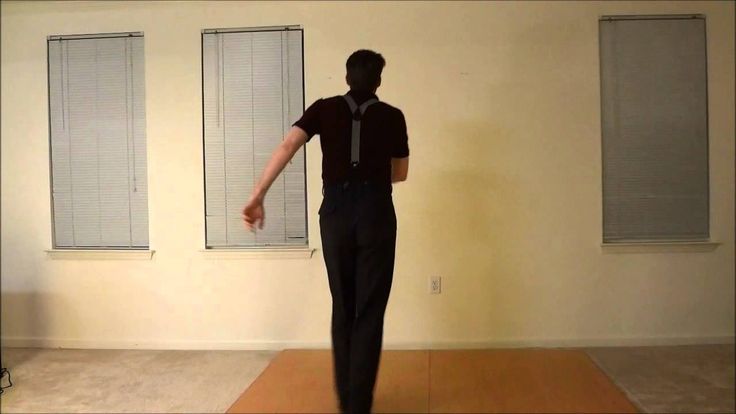 This was probably filmed around 1960. Stears explains that there were 35 variations of the Charleston step. Minns and James show a few: original 20's charleston, scare crow, squat, around the world, high kick and hand to hand variations.
This was probably filmed around 1960. Stears explains that there were 35 variations of the Charleston step. Minns and James show a few: original 20's charleston, scare crow, squat, around the world, high kick and hand to hand variations.
How to do the 20s Charleston dance style?
20s Charleston is not only a step, it’s a style. A style that is defined by music, clothing style, manner and expression. 20s Charleston was a craze during the Jazz Age. It is danced to ragtime, hot jazz and Charleston. In order to look authentic we should remember a few important technical elements on how to do the 20s Charleston:
- As it is danced to ragtime and hot jazz (early jazz, Dixieland, New Orleans jazz).
 The music is syncopated and has a “rag” rhythm though it is still quite even. The accentuation is on 2 and 4 and so will be the bounce, as the bounce always reflects the music rhythm.
The music is syncopated and has a “rag” rhythm though it is still quite even. The accentuation is on 2 and 4 and so will be the bounce, as the bounce always reflects the music rhythm. - As the music is ragged and the body can embody this quality the best when being more “puppet” like. It is better if we use more joints rather than muscles for the light, ragged, fast movements of 20s Charleston
- The accentuation is on 2 and 4 and so should be the accent when doing the 20s kicks. The accent is in the air and not on the floor.
How to achieve this light yet energetic and powerful state when dancing Charleston 20s? How to handle this hell of a tempo and curvy, twisty moves? We need to adopt the right body state. The imagery for the Charleston body that I love to use is a puppet or marionette. This loose movement, fully working on release, using movement of the joints, so that every kick and move pops to every beat and syncopation in the music.
The magic of Charleston dance is as well in the feet. Every single step is a twist. They create that recognisable angular and asymmetric signature Charleston look. Imagine, you are dancing on a hot frying pan, how would you move your feet?
Every single step is a twist. They create that recognisable angular and asymmetric signature Charleston look. Imagine, you are dancing on a hot frying pan, how would you move your feet?
In this video below you can learn about the Charleston 20s body and the twists!
To dive deeper in the fury of Charleston footwork, try this class on Happy Feet move, one of the signature steps.
Aesthetics of the 20s
There is a lot to learn from seeing the connection of the Charleston dance aesthetics with cultural elements of 20th century America.
- Deep connection to African roots reveals elements of improvisation, spontaneity as well as grounded body position.
- There is connection with flappers and their revolutionary new image of a woman and sexually charged movements.
- Comedy connects to 20s Charleston with its silly moves and irony.
- We can see connection with silent movies through the exaggerated overly dramatic expressions.
- Finally eccentric dance is a part of this dance culture with its legomania and bizarre movements.
You will look super authentic if you will include those qualities, impressions in your dance.
Its important to mention that this dance was immensely popular during the period of 1920's Prohibition as well as 1930's Great Depression. When US stock market crashed and part of the society was left in complete poverty, dancing for many was an anti - depression pill. It swept the worries away.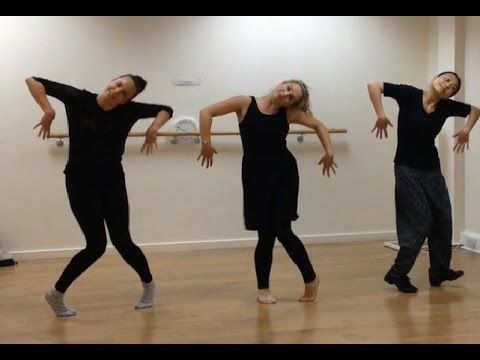
Look at the fantastic Bee Jackson, the “Queen of Charleston” and get ideas on how to do the Charleston! Miss Bee Jackson of the Piccadilly Cabaret and Kit Kat Club demonstrates her gimmick - dancing on a very small floor space.
In this demo video you see me demonstrating the concept of a “Silent Movie”. I am slowing down and speeding up in the real time (without FX), while searching for exaggerated overly dramatic face expressions. The idea comes from the fact that the music was layered on silent movies after the film was done. Oftentimes the music played an atmospheric role. Therefore the dance and movements looked out of time with the actual beat of the song.
Animalism and African roots
I'd like to accentuate the connection with animalism in dance movements as the Charleston dance belongs to the family of African-American vernacular dances. To know more on what are the characteristics of African-American dances that as well reflect in the this dance, read the blog on “ A brief cultural history of black dance”
In this video class from the course Secrets of Charleston 20s, where you can learn how to do the step called the “Cow Tail”. Animalistic move, in a way it was inspired by the cows waving their tail to get rid of the flies.
All of this and more you can learn by taking a course Secrets of Charleston 20s, course with over 40 video.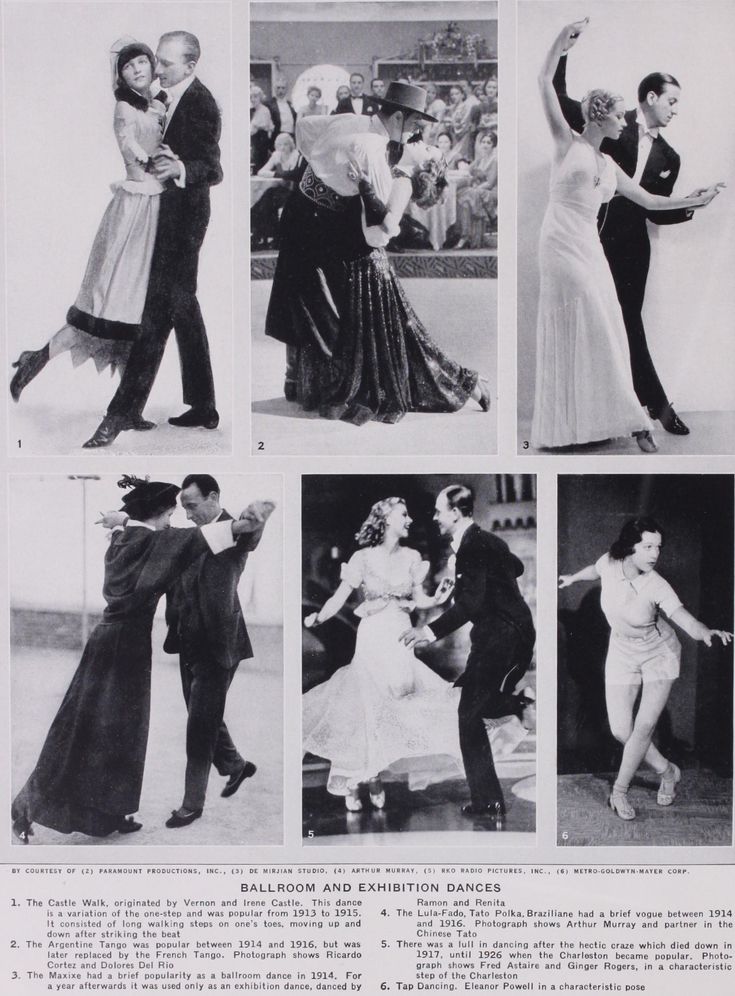
Iconic Charleston dancers
Some of the iconic dancers to watch, learn and get inspired:
Josephine Baker
Ann Pennington
Bee Jackson
Al Minns
Leon James
Mildred Melrose
Joan Crawford
Jenkins Orphanage Band boys
In this video playlist on Secrets of Solo channel I collected videos of the most famous dancers, historical figures. Watch to get inspired.
The difference between 20s & 30s style Charleston
As we mentioned before the Charleston dance style has changed with time and music. I use this categories to spotlight the difference that was strongly affected by the music, more specifically rhythm section.
20s
In 20s Charleston with hot twists and eccentric moves was danced to ragtime, hot jazz music. It has half time pulse and accentuated the 2 and 4 beat. It replicates the bass tuba or the double bass. Bass tuba line for early jazz was either 1 and 3 or 2 and 4. When double bass came to stage, the players wither played half time notes or doubled up on the same note twice. 1/2 feel reflects in half time pulse in the dancers body. The movement is more even, more vertical and ragged.
It has half time pulse and accentuated the 2 and 4 beat. It replicates the bass tuba or the double bass. Bass tuba line for early jazz was either 1 and 3 or 2 and 4. When double bass came to stage, the players wither played half time notes or doubled up on the same note twice. 1/2 feel reflects in half time pulse in the dancers body. The movement is more even, more vertical and ragged.
The 20s style is based on the twists and twisted kick. The most important image is the "crossed" twisted leg. The legend says, some dancers got "Charleston twist" of the knee, when they twisted too hard.
In this video you can hear a very rag song. Notice that the dancers are holding their bodies more upright. Their pulse is ragged (even jumpy at times).
30s
In 1930's the dance changed with swing music to so called lindy kicks. You could see now dancers doing big wide kicks and travelling across the floor. The feel of the Charleston is 4/4 (4 on the floor). It reflects the double bass in swing tunes, that has a walking line.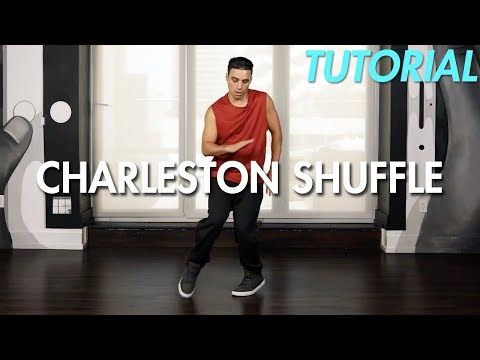 So called "walking bass". Musicians say "the bass walks", when the player hits every single note. 4/4 feel reflects in constant pulse in the dancers body. The movement is "spreading", it is more horizontal. It looks softer and smoother.
So called "walking bass". Musicians say "the bass walks", when the player hits every single note. 4/4 feel reflects in constant pulse in the dancers body. The movement is "spreading", it is more horizontal. It looks softer and smoother.
In this video you can hear the 4/4 feel on the bass and clearly see how dancers reflect it in their smooth pulse. Note, when dancers go to lindy Charleston kicks, how much they lower their upper body and start to hover over the ground.
Music to dance Charleston
Ragtime
The first tune you would think to dance Charleston to is, of course, famous ragtime tune "The Charleston", written by James P. Johnson. The Charleston beat is considered a clave rhythm.
As a musical entity ragtime was, and is, an instrumental work in 2/4 time composed for the piano. The style surfaced in the early 1900's and was developed by composer Scot Joplin. It was the forerunner to jazz. It combines a syncopated series of melodies accompanied by a steady, even rhythm.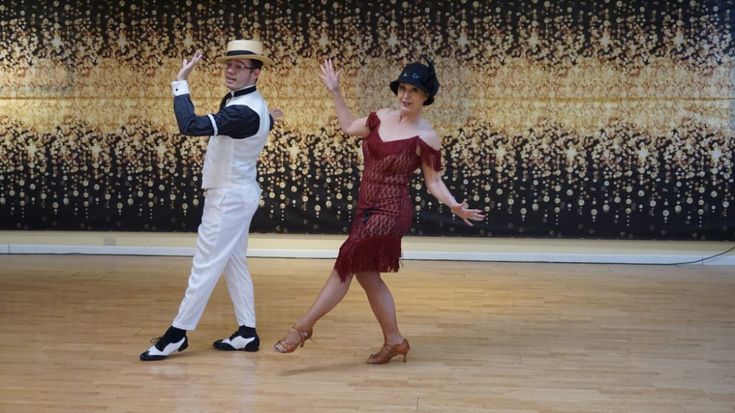 The left hand plays a steady, almost march-like succession of bass notes and chords while the right hand plays syncopated melodies in a "ragged" manner. Hence, the name of the style.
The left hand plays a steady, almost march-like succession of bass notes and chords while the right hand plays syncopated melodies in a "ragged" manner. Hence, the name of the style.
Here is a Spotify playlist of ragtime tunes. You will hear the music of Eubie Blake, Scot Joplin, James P. Johnson.
Dixieland
Other music style that one can dance 20s Charleston is early jazz. Early jazz, that is as well called “New Orleans jazz”, Dixieland jazz, hot jazz are the terms referring to the same style of jazz based on the music that developed in New Orleans at the start of the 20th century. Its 4 main influences were ragtime, military brass bands, the blues, and gospel music.
New Orleans jazz or Dixieland Jazz was incredibly popular through the 1920s, Jazz Age. One of the first uses of the term "Dixieland" with reference to music was in the name of the Original Dixieland Jass Band (later changed to "Jazz"). They recorded their first vinyl in 1917. What defines the sound of Dixieland music is that one instrument plays the melody (often trumpet) and all the other musicians improvise around it.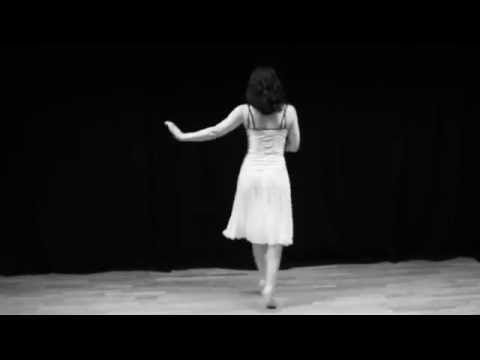
Here is a Spotify playlist with a very popular songs for 20s Charleston. You will hear music of such artists as Original Dixieland Band, Fats Waller, Sidney Bechet, King Oliver's Creole Jazz Band, Frankie Trumbauer and his Orchestra, Fletcher Henderson, Bix Beiderbecke, Jelly Roll Morton, Benny Goodman and other. Or else you can listen to my YouTube Charleston compilation.
Written by Ksenia Parkhatskaya
Enchanting Charleston Dance Steps: How to Dance the Charleston
The Charleston is a 1920s dance popularized by television and carried down through the ages by dancers who’ve used their own spin to the peppy style. Let’s take a look at some popular moves that are a cinch to learn for beginners.
Movies like The Artist popularized the 1920s’ Charleston dance in present day cinema, refresh our minds about the good old days when dance was energetic, fun, and outrageous. It was closely associated with ‘flappers‘, a term used for women who stood out in society as bold, beautiful, confident, and unconventional.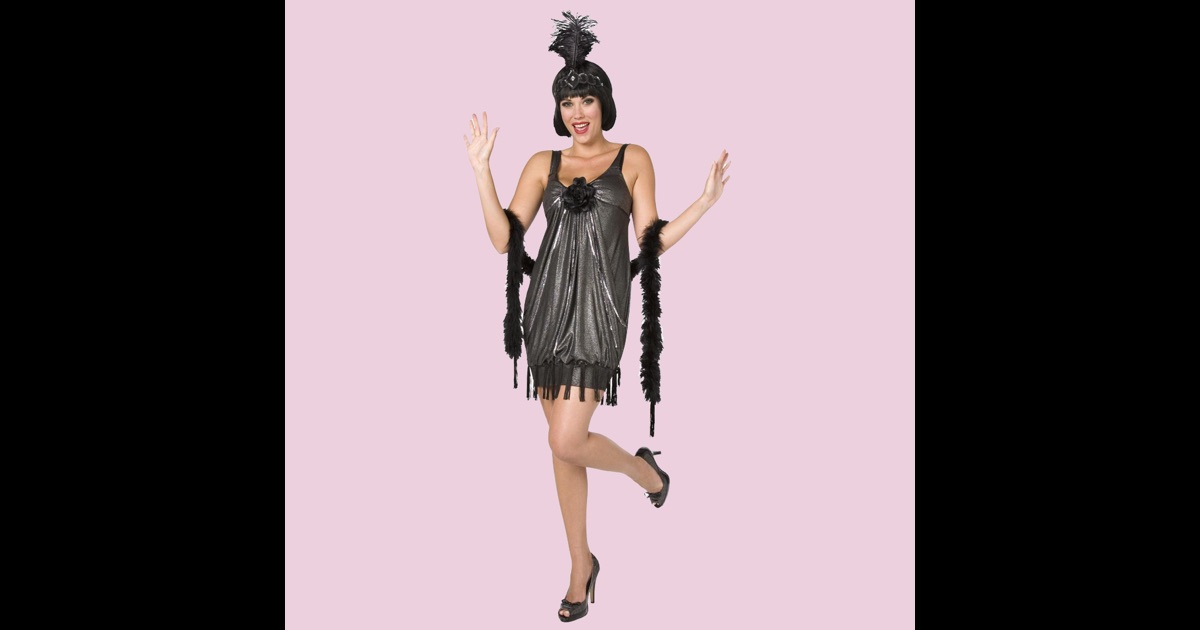 They also danced alone whilst mocking those who were in support of the Prohibition amendment, where the dance was seen as rousing and not moral. Some say that the movement of one’s hands during the dance (flapping, so to speak) was what coined the term.
They also danced alone whilst mocking those who were in support of the Prohibition amendment, where the dance was seen as rousing and not moral. Some say that the movement of one’s hands during the dance (flapping, so to speak) was what coined the term.
Charleston is a form of dance that is named after the city of Charleston, South Carolina. The dance moves were popularized in mainstream dance music in a 1923 tune known as The Charleston. It was composed by famous composer and artist James P. Johnson in the Broadway show Runnin’ Wild. The moves from the show were altered to appeal to the general public.
Charleston developed in African-American communities in the US and was associated with white ‘flappers’ and the ‘speakeasy’. It was from this dance form that the Lindy Hop and Jazz Roots (kind of dances) developed in the 1930s.
Today, with innovatory twists added to the choreography combined with a modern flair that is characteristic of the 21st century, the dance has become quite popular all over the world. 4/4 time signature tracks (200-300 beats per minute) are played to match the liveliness of the Charleston. The above image of Josephine Baker, shows her dancing the Charleston at the Folies Bergère, Paris, in the year 1926.
4/4 time signature tracks (200-300 beats per minute) are played to match the liveliness of the Charleston. The above image of Josephine Baker, shows her dancing the Charleston at the Folies Bergère, Paris, in the year 1926.
Image Credit (Top Right): Walery (photographer)/(http://estonia.usembassy.gov/)/ via Wikimedia Commons (PD)
Charleston’s primary format consists of a solo step that is a combination of four moves, with the arms and legs moving in a synchronized fashion. Other moves that are quintessentially Charleston are:
The Kick
- Take a step back on the right leg.
- Keep your ankle loose and swing the left leg back in a kicking motion.
- Bring the left foot forward again and return to the starting position.
- Now, keeping the right foot loose, kick it forward.
- Keep repeating the steps until you perfect the step.
Swingin’ Arms
- When the right leg goes backwards, the left arm goes up too and vice versa.
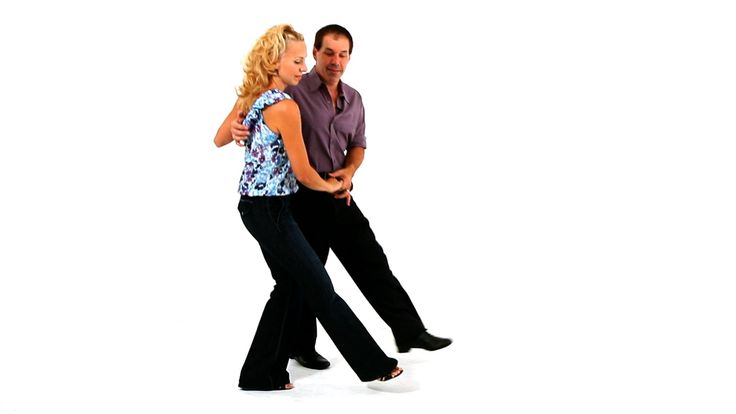
- When working on getting the motion right, the arms need to be left loose. Bend elbows at a 90° angle whilst dancing.
- Movements should be exaggerated with arms held high while moving them in a circular motion to the right and left, when you swing them.
Because the dance can be learned quickly, dancers tend to improvise the dance moves with faster steps. Basically, there are two forms of the Charleston; solo and partner. Some of the steps requiring a partner that were popular in the 1930s and 1940s were the:
Side by Side Position
Here the person leading the dance has an arm behind the other dancer’s lower back while the other’s arm is on the leading dancer’s shoulder. The free arms of the dancers are swung in the same motion that is associated with the Charleston.
Jockey Position
This is a position in which both the dancers face the line of dance while remaining in contact with each other.
Tandem Position
Using the Charleston steps again, the dancers face each other while holding hands, making sure the legs use the same steps to move forward and back.
The Charleston may not be popular among ordinary folk today, but it is for those who enter dance competitions and shows like So You Think You Can Dance and Dancing with the Stars. With time, you’ll be able to master this style of dance with flair, where there are many places that actually offer dance classes to perfect the moves.
Like it? Share it!
Uncategorized
Get Updates Right to Your Inbox
Sign up to receive the latest and greatest articles from our site automatically each week (give or take)...right to your inbox.
Blog UpdatesEmail Address *
Charleston Lessons: Preparatory and Basic Movements (Part Two)
Charleston Side Step
The main Charleston side step is performed on the principle of the preparatory exercise side steps with the addition of "and" back-to-beat movement.
All steps in the Charleston are performed with accentuated and synchronous turns of the legs into the curled and half-turned positions with a clear bending and straightening of the knees. Small tilts of the body to the side are possible, to the right on the off-beat movement with the left foot, to the left - on the off-beat movement of the right foot.
Small tilts of the body to the side are possible, to the right on the off-beat movement with the left foot, to the left - on the off-beat movement of the right foot.
When repeating the movement of one leg, the inclination of the body is maintained.
Turn Basic Step
Once you have mastered the Charleston steps forward, backward, in place and sideways, you can try the basic turn step.
As you do the basic step, turn your torso slightly to the right or left.
In pairs
The main step can be performed in many positions, such as closed, open, mirror or shadow position (Fig. 47).
Hand movements are performed arbitrarily, in the rhythm of the dance, the elbows are shortened, the palm is open, the fingers are brought together (Fig. 48).
Below you will find study compounds that will help you understand the Charleston technique.
Connection 1
Then you can repeat this compound with paragraphs 1
002
Compound 3
Then you can repeat from step 1.
The training connections that our site has offered you can be performed in a shadow open position. When performed, the dancers are located side by side, while looking at one point where the dance will go. You can keep your hands free, or just hold your partner's hands (fig. 51).
When you perform leg movements, you must move your legs synchronously, the partner has the right, so the partner has the right.
You can perform the above connections in the closed position. In this case, you must perform the steps in a mirror.
Turning the partner under the arm of the partner
I.p. - partners look at each other. When the partner makes a turn to the right, the partner at this time should hold the partner's right hand above her head with his left hand (Fig.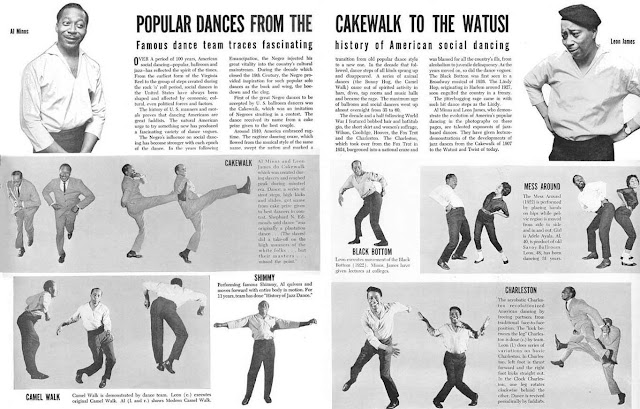 52).
52).
But when the lady turns to the left, the partner with the right hand must hold the lady's left hand above her head.
We give freedom to the hands, they must work in the rhythm of the dance.
Partner performs the Charleston step in place of .
Lady performs Charleston step in turn. Also look after your preparation, the degree of rotation depends entirely on it and on the intended variation.
Turn can be performed in 4 counts (1 cycle). While the partner must turn 90 ° for each count.
Also turns by 8 (2 measures). While partner turns 90° for 2 counts.
Your hands may be in any state.
Using the information described on our website, you can create various dance programs for yourself.
Dance with enthusiasm, in good mood, with joy, with a smile.
Remember , the main thing is to get pleasure from dancing ! How to learn how to dance shuffle - Lifehacker
Iya Zorina
Author of Lifehacker, athlete, Candidate Master of Sports
Share
0 This dance style includes a lot of freedom and improvisation.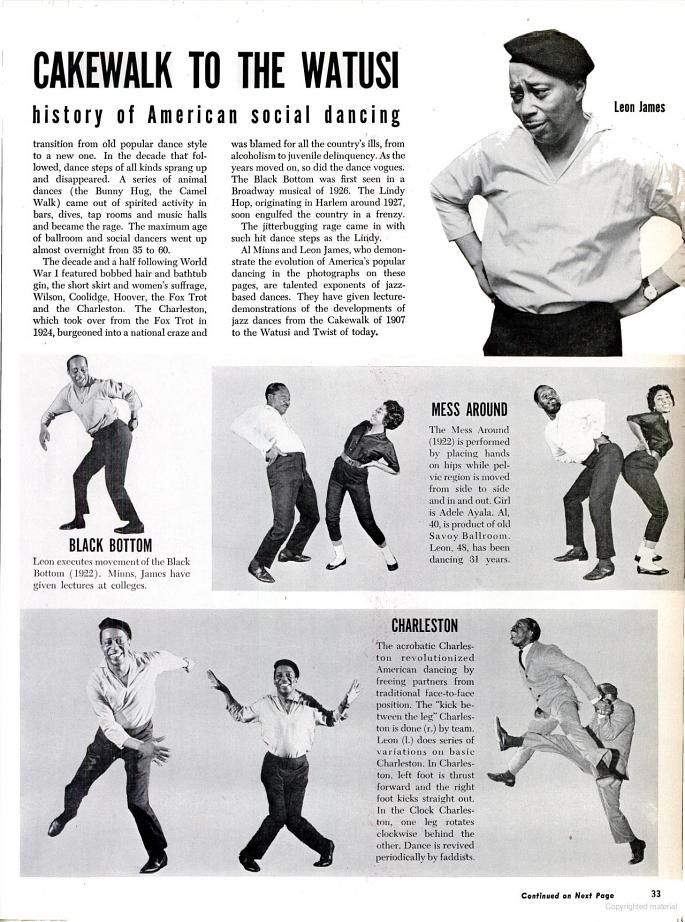 That is why he is so good. You can master the basic movements in a couple of hours, and then complicate them to infinity and combine them with each other, create your own combinations and spy on others.
That is why he is so good. You can master the basic movements in a couple of hours, and then complicate them to infinity and combine them with each other, create your own combinations and spy on others.
Dance in sneakers, socks or barefoot, in any outfit, anywhere.
Master the basic movements of the shuffle
In this style, you make all the basic movements with your feet, your hands most often move freely - as your heart tells you.
Running man
This is the most basic and essential shuffle movement. You can do it in three different ways.
Full foot
The movement begins by bending your knee and lifting one leg. Next, you need to simultaneously put both legs - supporting and raised - at a distance of one step from each other.
The raised leg is placed forward on a full foot, the standing one behind slips back on the ball of the foot and remains on it - the heel is not placed on the floor. The weight is evenly distributed between the two legs.
After that, it remains to return to the starting position. To do this, the front leg slides back, and at the same time, the back leg is pulled up. You find yourself in the starting position and repeat the cycle. The movement itself is soft and springy: do not stick into the floor, keep your legs relaxed.
Heel
This is a lighter and faster running man look that may be needed for some combinations. Here you put your foot not on the whole foot, but on the heel. At the same time, the one standing behind remains on the toe.
On pads
In this variation, the foot is placed forward on the pad. At the same time, the one standing behind also remains on the ball of the foot, and the body leans slightly back.
T‑step
In this movement, one foot constantly makes a “herringbone” - turns the heel in and out - and the second touches the floor and immediately rises back.
When the heel of the skating leg turns inward, the toe of the other foot touches the floor, when outward, the other leg rises, turning the knee inward.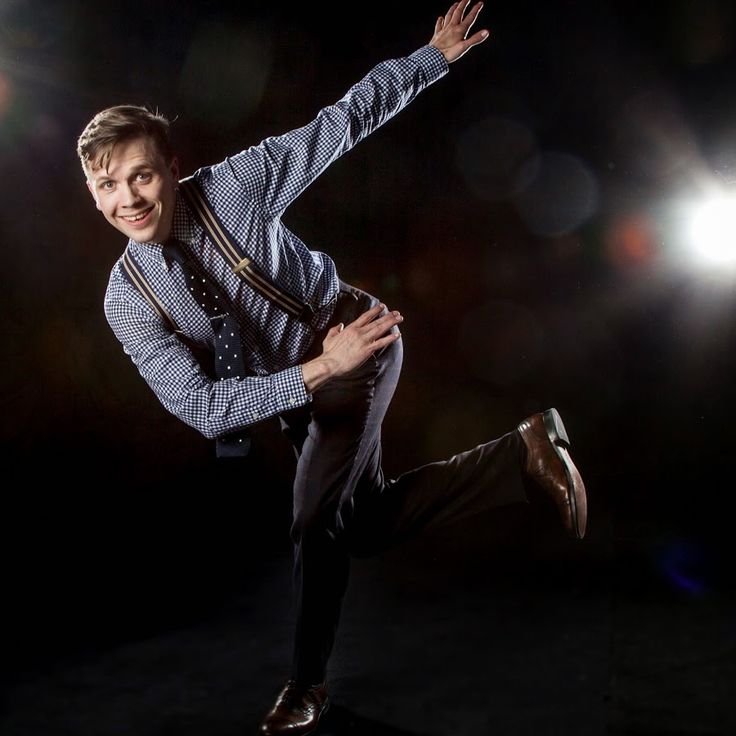
It turns out two positions: closed - when the legs are wrapped with the knees inward, and one leg is raised, and open - when the legs are turned out with the knees outward, and the toe touches the floor. Practice doing the T-step in both directions: slowly at first, then with acceleration.
Rocking
You jump on one foot while the other touches the floor in different places: on the side of the supporting leg, across, behind - anywhere you want. You can put your foot on the toe or on the heel - the latter is called a kick. The supporting leg can simply rise low or perform a T-step - move the heel out and in.
Charleston
To begin, you turn your knees and toes inward and lift one leg. Then turn your toes and knees outward, and put your raised leg forward crosswise. Repeat the same with the other leg.
All movement occurs on the balls of the feet, the heels do not fall to the floor. You can move both forward and backward.
Diamond
First you put your feet crosswise with your toes outward with a jump, then you also spread your legs apart with a jump.
Slides
One leg is straight, stands on the whole foot, the other is with a bent knee on the pad. Leaning on the pad, you slip the foot of a straight leg back, as if wiping the sole on the floor.
Immediately after the slip, you turn around. In the turn, the straight leg bends and goes to the pad, and the one that was on the pad, on the contrary, turns on the heel. After that, it remains only to change legs and move in the same way in the other direction.
Scissors
From the starting position - standing with a raised leg, as in Running man - you turn your hips to the side with a jump and put your legs crosswise.
The front foot is on the heel, the back foot is on the ball. Then you jump back to the starting position and do the same on the other side.
Sidekick
From the starting position, you turn your hips to the side with a jump and spread your legs a step apart from each other. The standing foot in front is placed on the heel, the standing one behind remains on the pillow.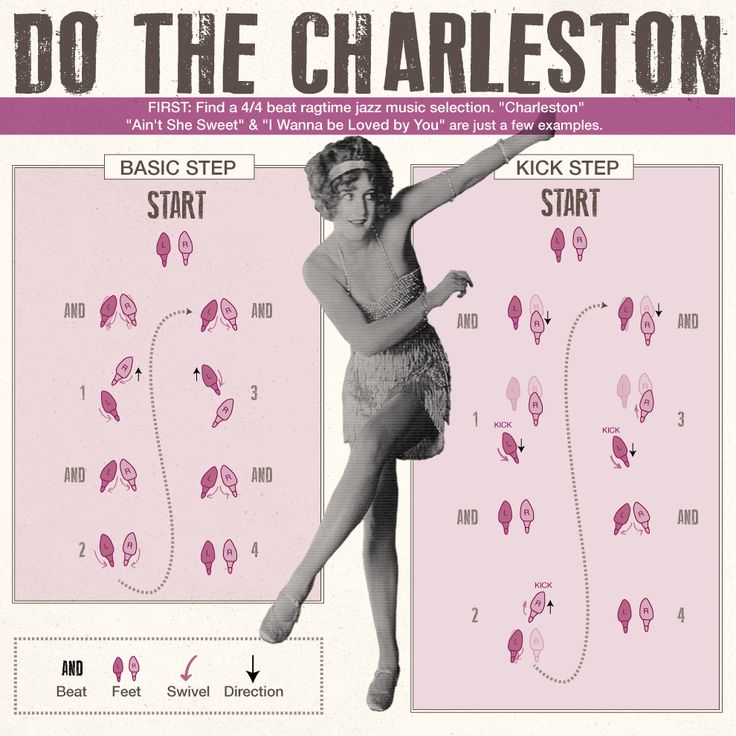 Then, with a jump, you collect your legs and do the same on the other side.
Then, with a jump, you collect your legs and do the same on the other side.
Try other variations of the basic shuffle movements
You can perform basic movements in different directions: forward and backward, turning around. This will give you more freedom to improvise.
Running man variations
Do several times in place and then turn around. You can also try walking this way to the side. Each time the leg will need to be placed slightly crossed in order to slowly move to the side.
Variations T‑step
You can lower your foot on the toe, on the whole foot, touch the floor to the side of the supporting leg or forward and behind it.
You can also keep the other leg on the floor at all - leave it on the toe and turn the knee in and out.
Variations Diamond
Here one more element is added to the movement – the heel strike. In the starting position, you wrap the toes of the feet and knees inward, and then jump on the heels, turning the socks to the sides.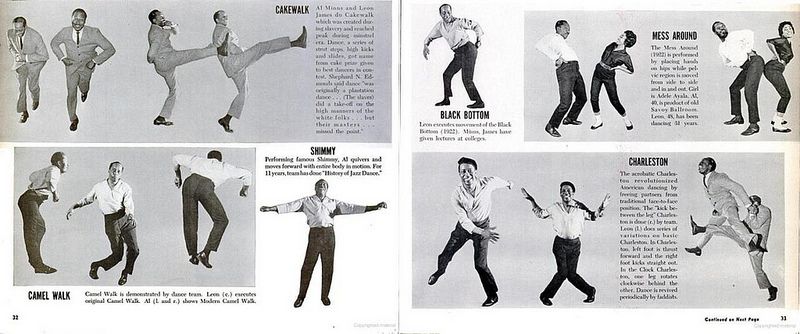
From this position, without jumping, you turn your toes and knees inward, cross your legs with a jump, turning your feet with your toes outward, and then return to the starting position.
Charleston Variations
After three turns of the Charleston, turn both toes in one direction and then in the other. At the end, you can turn the knee to the side.
Connect familiar shuffle moves
While you lack the skills to move freely and come up with something of your own, learn a few combinations. They contain interesting movements that will replenish your dance vocabulary.
Combination 1
This is a simple combination of two basic movements - Running man and T-step. First take five Running man steps, then four T-steps to the side and repeat the same in the opposite direction.
Combination 2
Another combination of two basic movements. Here you do three Running mans, then one T‑step with a back foot touch, and two front heel touch kicks.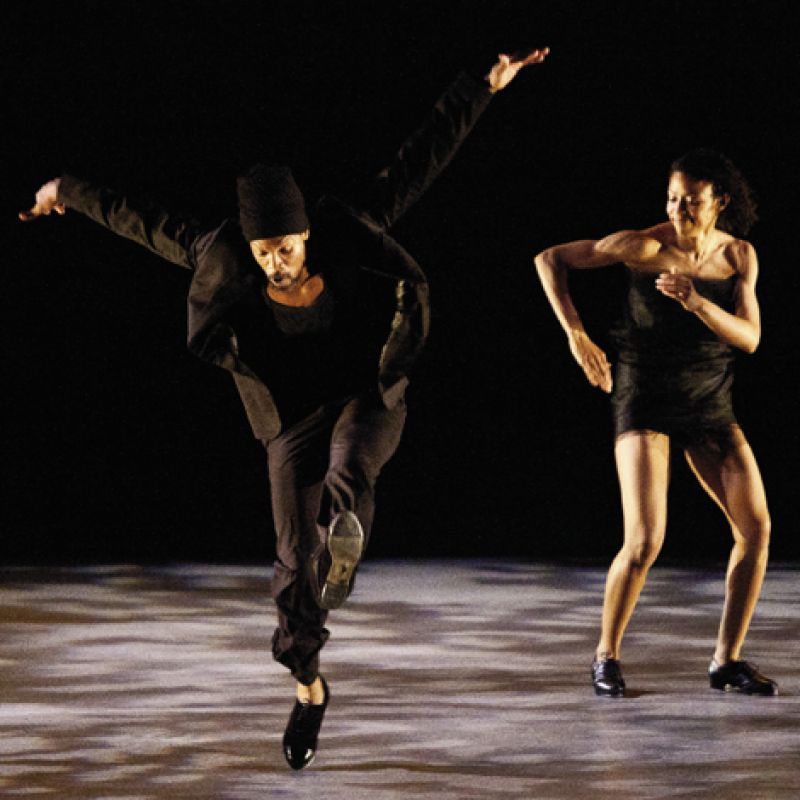 The same on the other side.
The same on the other side.
Combination 3
There are no standard steps here, but there are already familiar Sidekick and transition from heels to toes.
Learn more difficult combinations
We will add some videos with good combinations.
1. Cool video for beginners: movements are repeated in slow motion to make it easier to dance to the music.
2. And here the combination is analyzed step by step in slow motion, dividing it into three parts. Very comfortably. Look for more on this channel, there are several such analyzes.
3. No slowdown here, just a great combination. But you already know almost all the movements, so you can figure it out. If something is not clear, watch the video at a speed of 0.




